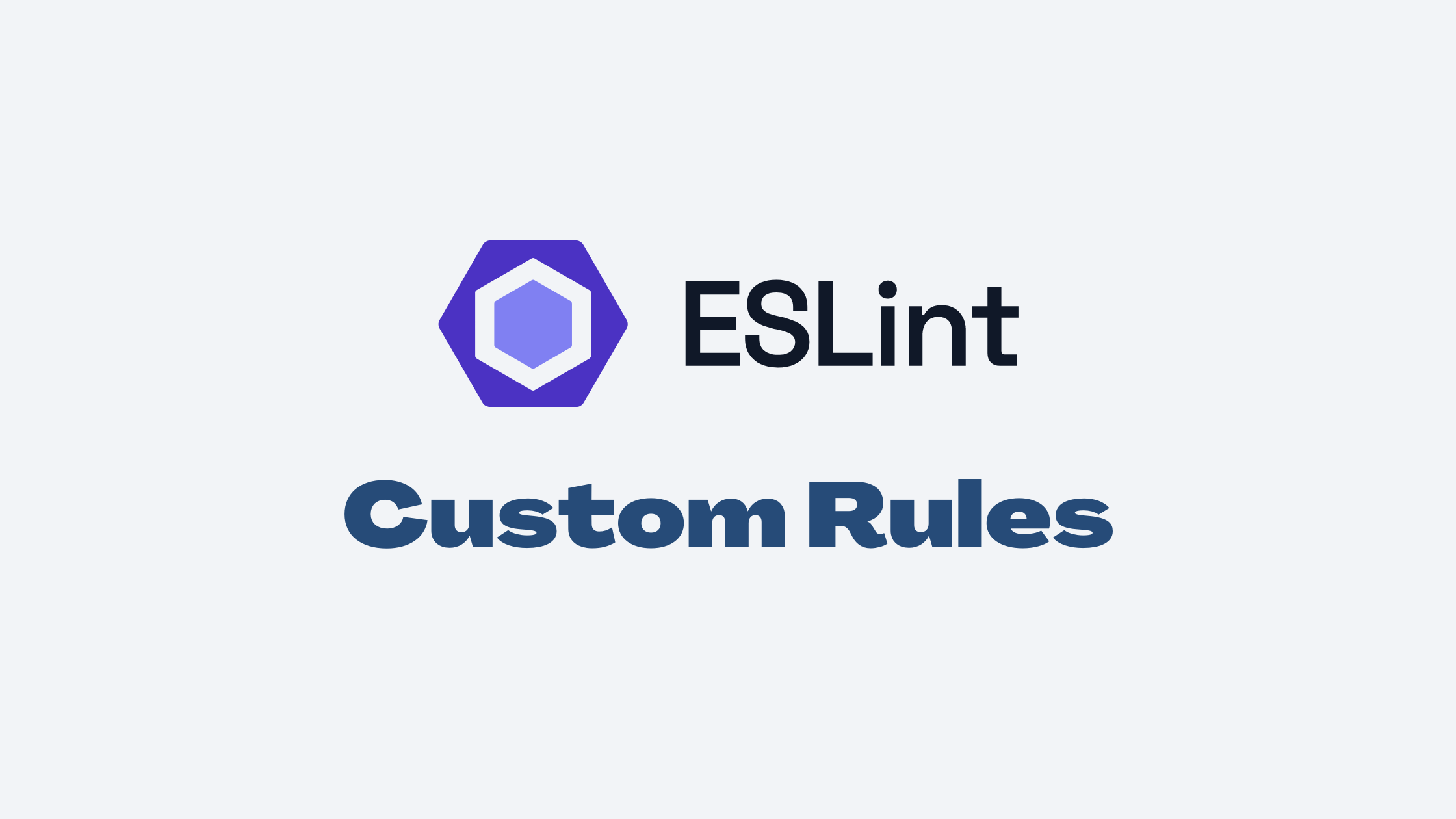Writing ESLint Rules
In this article I will explain how ESLint rules work as a brief overview.
What is an ESLint Rule?
An ESLint rule is a custom rule that for linting ESLint to specify your own standards.
Setting Up a Plugin
ESLint rules are exported as plugins. To create a rule, using the yeoman generator is suggested. It automatically sets up the directory structure that is required for ESLint. The rules directory contains the code for the rules with each filename being a rule ID. For example, if there is a no-useless-comma.js inside the rules directory, then that would become a rule that is automatically detected and exported thanks to requireindex.
Structure of a Rule
A rule contains the following schema:
interface RuleSchema {
meta: {
type: 'problem' | 'suggestion' | 'layout';
docs: {
description: string;
category: string;
recommended: boolean;
url: string;
suggestion: boolean;
};
fixable: 'code' | 'whitespace';
schema: Array<object>; // JSON Schema Format
deprecated: boolean;
replacedBy: Array<string>; // if deprecated, replacement rules
};
create: (context: object /* information on the code */) => {
[ASTSelector: string]: (node) => void;
};
}The meta property just contains some metadata on the rule. The create function contains the main code for the rule. It takes an argument named context that contains information on the code and returns an object of AST Selectors to function mappings that do something if the AST Selector is matched.
What is an AST Selector?
An AST Selector selects a specific part, node, or token that may occur multiple times inside the code.

